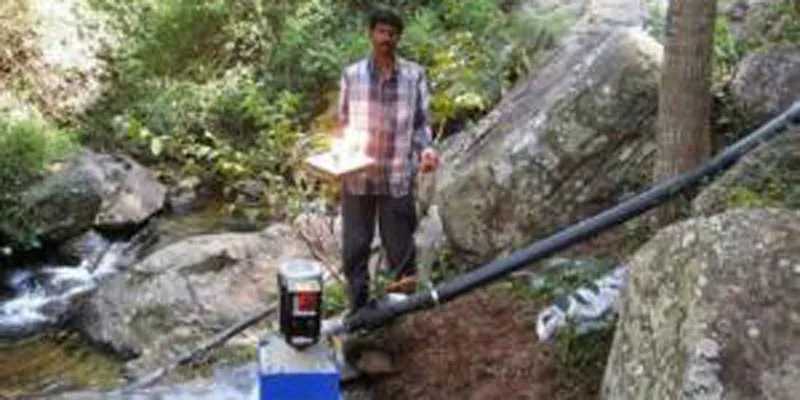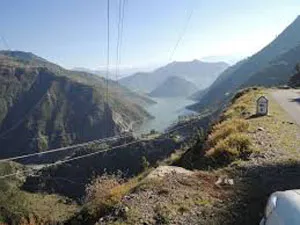Why should we have big hydel projects when small will do much better?
Several village-level, community-owned micro-hydel projects have obliterated the need for huge dams, in order to provide electricity for home and work needs.
India is blessed with an incredible amount of hydro-electric potential and is ranked fifth in terms of exploitable hydro-potential on global scenario. However, the devastating impacts of big hydel projects, including submergence of habitats, alteration of river ecosystem, and displacements, are well known.

Alternatively, India has been harnessing hydropower through small, community-based setups, which range from traditional water flour mills of the hills, called gharats, to the modern pico (0-5 kw) and micro power (5-100 kw) projects. These plants, being decentralised and community-controlled, offer a viable option to habitations that are off the conventional grid system.
Lately, Arunachal Pradesh has been in the news for the protests against big dams that are coming up in the state. Most of these projects are meant to sell power to other states and energies industries, shopping malls and run air conditioners etc. On the other hand, remote villages of Arunachal Pradesh have been setting up micro hydel projects which light up their homes at little cost. The Bikhi micro hydel project is one such initiative taken under the rural village electrification programme of The Ministry of New and Renewable Energy. Three villages till now have been benefitted by this plant, which also provides power to the local health centre and anganwadis. The concept of Village Energy Management Committee has been introduced in this project which monitors its functioning.
An addition benefit is that villagers are more proactively protecting catchment areas of the streams that run these small projects. In Nagaland, the progression in pico power generation has been so strong that an autonomous body under the State government came up with a new turbine of its own to deal with difficulties in regulated control of power generation and uncertainty in supply chain. Aptly named ‘Hydroger’, the turbine is low cost and light weight and hence can be carried to intricate locations.
At Kingjung village of Tuensang district, where the system powers 95 households, people have prioritised their needs. In day time, power is used for rural enterprises like carpentry works, blacksmith works etc., and at night for household and street lighting. With extended hours, people have also started doing works like making handicrafts at night. The need to collect firewood from the forests has also reduced as it is required only for cooking purpose now, not for lighting the homes.

Image: Flickr
Another example of an effective micro-hydel plant is the Jakhana micro-hydel project in Bhilangana block of Tehri Garhwal, Uttarakhand, where the free-flowing water of the perennial Balganga river is used for generating power and to supply continuous electricity to nearby revenue villages and the local market. A Village Energy Committee took up the planning, construction, operation, and maintenance of the project while IIT, Roorkee, provides the technical support like alignment at site, drawing, and maintenance manual along with training to VEC members.
Similar to the Jakhana project, the micro hydel plant at Putsil, Odisha, is also effectively managed by the village community. All 80 families in the village are divided into six groups and each group is assigned specific tasks such as repair and management of the catchment area. The community as a whole contributed about Rs 2,13,000 in the form of labour towards the establishment of the plant. Since 1998, each family has been paying an average Rs 20 per month towards electricity fund. However, they are free to give less or more as per their current income. Electricity is supplied from 6 pm in the evening to 10 pm and again from 3 am to 6 am for family use and then from 6 am to 8 am to run the local mill. During marriage, childbirth, serious illness, festivities, and other such occasions, power supply is given as per the need.
At Udmaroo village, situated on the bank of Shayok river in Nubra valley of Leh, a 30kw micro-hydel project has helped villagers install a carpentry saw machine, flour mill, and an oil expeller. This has not only reduced the drudgery but also added income to the community and provided livelihood to many families.
All this shows that the need to tap energy of moving water should not necessarily lead us to big dams producing thousands of megawatts for further selling. Instead, small, community-owned plants can co-exist with nature and also help meet the needs of man.
Disclaimer: This article, authored by Anukrati Mehta, was first published on GOI Monitor







